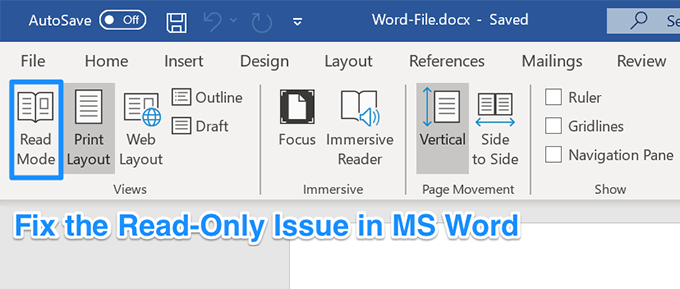Select your installation of Microsoft Word or Microsoft Office in the list and select the “ Change ” button. Choose “ Add or Remove Features ” and select “ Continue “. Select the plus sign next to “ Office Tools “, then select “ Equation Editor ” “ Run from My Computer “. Oct 28, 2020 Open any Office app. You can activate Office from any of the included Office apps, such as Microsoft Word. To open Word, open Finder, select the Applications folder, and then double-click Microsoft Word in the 'Microsoft Office' section. If you've created a document on Microsoft Word but want to edit it on a Mac computer, you'll find that your Mac does not come with Microsoft Word. Instead, Apple's built-in word processing.
-->Because add-ins are developed using HTML and JavaScript, they are designed to work across platforms, but there might be subtle differences in how different browsers render the HTML. This article describes how to debug add-ins running on a Mac.

Debugging with Safari Web Inspector on a Mac
If you have add-in that shows UI in a task pane or in a content add-in, you can debug an Office Add-in using Safari Web Inspector.

To be able to debug Office Add-ins on Mac, you must have Mac OS High Sierra AND Mac Office version 16.9.1 (build 18012504) or later. If you don't have an Office Mac build, you can get one by joining the Microsoft 365 developer program.
To start, open a terminal and set the OfficeWebAddinDeveloperExtras property for the relevant Office application as follows:
defaults write com.microsoft.Word OfficeWebAddinDeveloperExtras -bool truedefaults write com.microsoft.Excel OfficeWebAddinDeveloperExtras -bool truedefaults write com.microsoft.Powerpoint OfficeWebAddinDeveloperExtras -bool truedefaults write com.microsoft.Outlook OfficeWebAddinDeveloperExtras -bool trueImportant
Mac App Store builds of Office do not support the
OfficeWebAddinDeveloperExtrasflag.
Then, open the Office application and sideload your add-in. Right-click the add-in and you should see an Inspect Element option in the context menu. Select that option and it will pop the Inspector, where you can set breakpoints and debug your add-in.
Note
If you're trying to use the inspector and the dialog flickers, update Office to the latest version. If that doesn't resolve the flickering, try the following workaround:
- Reduce the size of the dialog.
- Choose Inspect Element, which opens in a new window.
- Resize the dialog to its original size.
- Use the inspector as required.
Clearing the Office application's cache on a Mac
Add-ins are often cached in Office for Mac, for performance reasons. Normally, the cache is cleared by reloading the add-in. If more than one add-in exists in the same document, the process of automatically clearing the cache on reload might not be reliable.
You can clear the cache by using the personality menu of any task pane add-in.
Enable Editing Microsoft Word Mac Download
Choose the personality menu. Then choose Clear Web Cache.
Note
You must run macOS version 10.13.6 or later to see the personality menu.
Microsoft Word

You can also clear the cache manually by deleting the contents of the ~/Library/Containers/com.Microsoft.OsfWebHost/Data/ folder.
Note
If that folder doesn't exist, check for the following folders and if found, delete the contents of the folder:
~/Library/Containers/com.microsoft.{host}/Data/Library/Caches/where{host}is the Office application (e.g.,Excel)~/Library/Containers/com.microsoft.{host}/Data/Library/Application Support/Microsoft/Office/16.0/Wef/where{host}is the Office application (e.g.,Excel)~/Library/Containers/com.microsoft.Office365ServiceV2/Data/Caches/com.microsoft.Office365ServiceV2/~/Library/Containers/com.microsoft.Office365ServiceV2/Data/Library/Caches/com.microsoft.Office365ServiceV2/